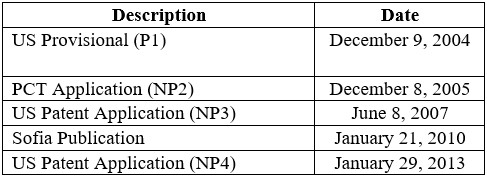The US Court of Appeals for the Federal Circuit granted a writ of mandamus and ordered the district court to decide a motion for intra-district transfer before proceeding to further substantive matters, explaining that both intra-district and inter-district transfer motions must be prioritized. In re: Apple Inc., Case No. 23-120 (Fed. Cir. Mar. 6, 2023) (per curiam) (nonprecedential).
SpaceTime3D sued Apple for patent infringement in February 2022 in the Western District of Texas, Waco Division. In July 2022, Apple moved to transfer the action within the Western District to Austin. The motion was fully briefed by the parties on November 7, 2022. The claim construction hearing was scheduled for November 17, 2022, based on an agreement between the parties. The day before the hearing, Apple moved to stay the hearing and all other proceedings until the district court ruled on Apple’s pending motion to transfer. The district court deferred claim construction, then denied Apple’s stay motion. The district court acknowledged that it was required to prioritize a motion for inter-district transfer but stated that “it does not have to stay the proceedings or decide whether to transfer the case intra-district until closer to trial.” Apple filed a writ of mandamus with the Federal Circuit.
The Federal Circuit noted that although the remedy of mandamus is drastic and should be invoked only in extraordinary situations, it has previously granted mandamus “to correct a clearly arbitrary refusal to act on a longstanding pending transfer motion.” The Federal Circuit stated that under Fifth Circuit law, precedent entitles parties to have their transfer motions prioritized. The Federal Circuit was not swayed by the trial court’s reliance on a statement in an unpublished, nonprecedential Fifth Circuit decision in Sundell v. Cisco Systems, Inc., because the Fifth Circuit did not suggest any discretion in the prioritization of transfer motions based on the type of transfer. The Federal Circuit explained that the Fifth Circuit does not require that inter-district transfer motions be prioritized to the exclusion of intra-district transfer motions. The Federal Circuit granted Apple’s petition for mandamus and ordered the district court to timely decide the transfer motion before proceeding with further substantive matters beyond the claim construction hearing.
read more


 Subscribe
Subscribe



